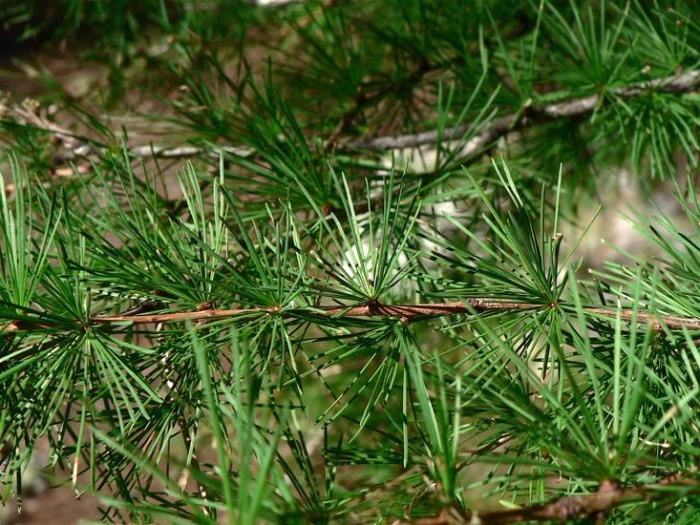Western Larch
(Larix occidentalis)
Western Larch (Larix occidentalis)
/
/

Jean Pawek
CC BY 3.0
Image By:
Jean Pawek
Recorded By:
Copyright:
CC BY 3.0
Copyright Notice:
Photo by: Jean Pawek | License Type: CC BY 3.0 | License URL: http://creativecommons.org/licenses/by/3.0/ | Attribution: 2014 Jean Pawek | Publisher: Calphotos |























































Estimated Native Range
Climate Requirements for West Jerusalem, Israel
| This Plant | Your Site | Plant Suitability for Your Location | ||
|---|---|---|---|---|
| • Precipitation | 9" - 121" | 18" | Your precipitation may be insufficient for this plant. Irrigate N" / year. | Irrigate N" / year |
| • High Temp. | 61°F - 96°F | 83°F | Your summer temperatures are normal for this plant. | Excellent |
| • Low Temp. | -9°F - 35°F | 41°F | OK, but your winter temperatures are warmer than normal for this plant | OK |
This plant should grow well at your location with about N inches per year (Y minutes per month) of irrigation.
Summary
Larix occidentalis, commonly known as Western Larch, is a deciduous conifer native to mountainous regions and valleys of the Pacific Northwest, including the Northern Rocky Mountains and the Cascade Range. It thrives in cool, moist environments, often found in mixed coniferous forests and subalpine zones. This tree can reach impressive heights of 30 to 60 meters (98 to 197 feet) with a trunk diameter up to 1.5 meters (4 ft 11 in), and is known for its longevity, with some specimens living for centuries or even a millennium. The bark of Western Larch is thick and furrowed, with a color that ranges from orangish to purplish brown, which provides fire resistance along with its nonflammable foliage and protective cones.
Western Larch is valued for its fast growth rate and its stunning autumn display when its needles turn a brilliant golden-yellow before dropping, a unique trait among conifers. It is used in reforestation projects, large-scale landscaping, and as a specimen tree in parks and spacious gardens. It requires full sun or part shade, ample water, and well-drained soils to thrive. While it is not commonly found in small gardens due to its size, it is an important timber species and is also planted for its ecological benefits, such as providing habitat for wildlife. Care should be taken when planting Western Larch as it can be susceptible to larch casebearer and other pests.CC BY-SA 4.0
Western Larch is valued for its fast growth rate and its stunning autumn display when its needles turn a brilliant golden-yellow before dropping, a unique trait among conifers. It is used in reforestation projects, large-scale landscaping, and as a specimen tree in parks and spacious gardens. It requires full sun or part shade, ample water, and well-drained soils to thrive. While it is not commonly found in small gardens due to its size, it is an important timber species and is also planted for its ecological benefits, such as providing habitat for wildlife. Care should be taken when planting Western Larch as it can be susceptible to larch casebearer and other pests.CC BY-SA 4.0
Plant Description
- Plant Type: Tree
- Height: 50-65 feet
- Width: 10-20 feet
- Growth Rate: Rapid
- Flower Color: N/A
- Flowering Season: Non-Flowering
- Leaf Retention: Deciduous
Growth Requirements
- Sun: Full Sun, Part Shade
- Water: High
- Drainage: Medium, Fast
Common Uses
Bird Garden, Deer Resistant, Drought Tolerant, Edible*Disclaimer: Easyscape's listed plant edibility is for informational use. Always verify the safety and proper identification of any plant before consumption., Low Maintenance, Water Garden
Natural Habitat
Mountainous regions and valleys of the Pacific Northwest, including the Northern Rocky Mountains and the Cascade Range
Other Names
Common Names: Western Tamarack, Montana Larch, Hackmatack, Mountain Larch, Mélèze De L’Ouest, Mélèze Occidental, Larice Occidentale, Kaskadlärk
Scientific Names: Larix occidentalis, Larix americana var. brevifolia, Pinus nuttallii
GBIF Accepted Name: Larix occidentalis Nutt.